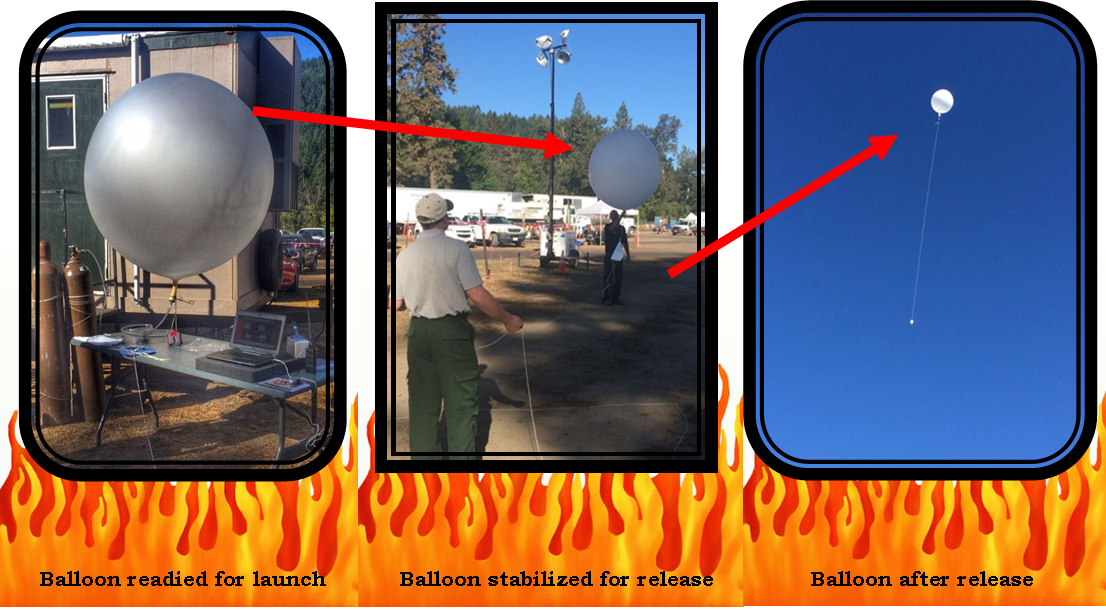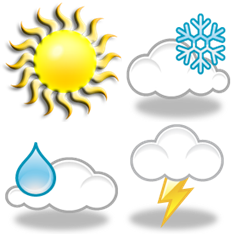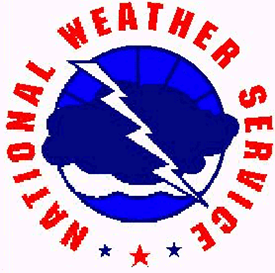IMETs - Providing Fire Support Across the U.S.
Incident Meteorologists (IMET) from the National Weather Service (NWS) can launch weather balloons from remote locations to help assess the atmosphere over wildland fires. The data collected from these balloon launches help the meteorologist develop highly detailed and point specific forecasts that are utilized by the Operations Chiefs working at wildfires to help formulate a strategy for operations over the next 24 hours. The IMET can look at how the winds are changing with height, moisture content of the atmosphere, temperature changes and even inversion layers. This data is also very useful to Air Operations on and around the fire and is shared with personnel in our national centers who input this remote weather information directly into NWS “Super Computers” for inclusion in upcoming computer model runs. This added data helps to refine the models, providing a more accurate forecast over the course of a few days.
All of the equipment necessary for doing a remote balloon launch is brought by the IMET to the incident with the exception of the tanks of helium that are needed to inflate the balloon. Each flight utilizes a weather balloon (also known as a sounding balloon) which is a large, specially made latex balloon, designed to carry the data collection instrument aloft upwards of 90,000 -100,000 feet! Prior to launch, the balloon is roughly 6 feet wide. As the balloon ascends into the atmosphere, pressure decreases, allowing the balloon to expand. Once the balloon reaches its termination level, it can be larger than a 2-car garage.
See the photos below, courtesy of the U.S. Forest Service, on location, at the Six Rivers National Forest August 2015, to get a glimpse of how to launch a weather balloon.





